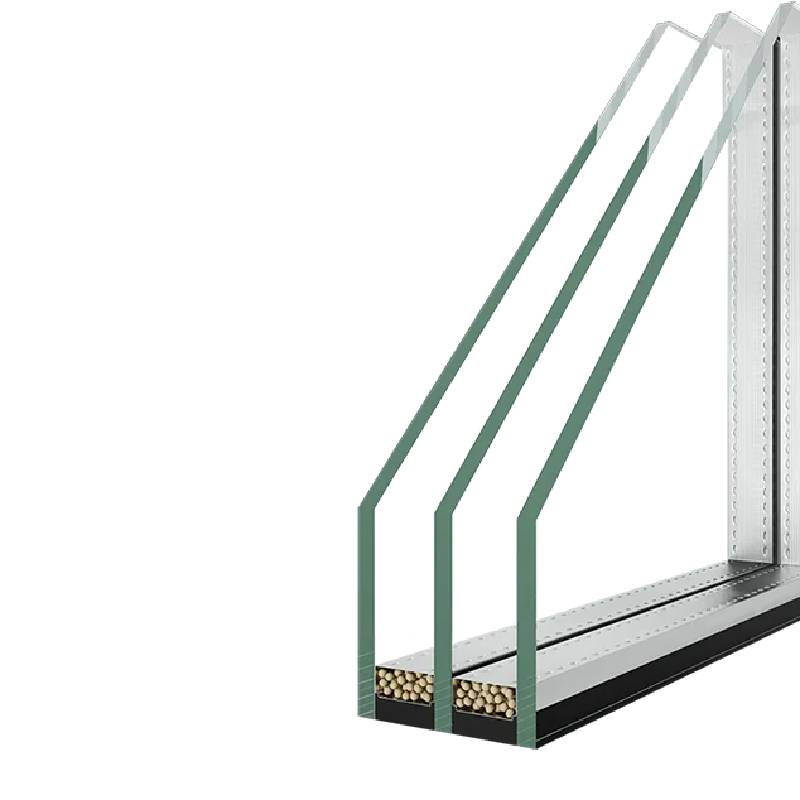

The Allure of Low-E Obscure Glass
In the realm of architectural design and construction, few elements are as pivotal as the materials chosen for windows. Among these, low-emissivity (low-E) obscure glass stands out for its innovative blend of function and aesthetics. This specialized type of glass not only enhances energy efficiency but also provides an element of privacy without sacrificing natural light.
The Allure of Low-E Obscure Glass
The term obscure refers to the glass’s ability to diffuse light while hindering visibility from the outside. This characteristic makes low-E obscure glass an exceptional choice for spaces requiring privacy, such as bathrooms, conference rooms, and residential settings near busy streets. Its textured surface distorts images, effectively shielding occupants from prying eyes while allowing soft, diffused light to permeate the space. This functionality is particularly appealing in urban environments where space is often at a premium.

Architects and designers have started to embrace low-E obscure glass not only for its practical advantages but also for its aesthetic value. Available in a variety of textures and patterns, this glass can be integrated seamlessly into various architectural styles. Whether in a modernist home that favors clean lines or a traditional structure that demands classic detailing, low-E obscure glass can enhance the overall design while fulfilling its primary roles.
Moreover, the installation of low-E obscure glass can enhance the value of a property. Homebuyers are increasingly prioritizing energy-efficient features, and having low-E glass in windows can be a significant selling point. Additionally, the privacy offered by obscure glass can also appeal to families and individuals who desire a tranquil haven in their homes.
As sustainability becomes increasingly important in all fields, the use of low-E obscure glass reinforces a commitment to environmentally friendly building practices. Its role in reducing energy consumption aligns with global efforts to combat climate change, making it a relevant choice in contemporary design.
In conclusion, low-E obscure glass represents a harmonious fusion of practicality and style. By prioritizing energy efficiency, privacy, and aesthetics, this material fulfills the needs of modern architecture while promoting environmental sustainability. As we move towards a future where design and eco-consciousness go hand in hand, low-E obscure glass will undoubtedly continue to shine as a pivotal element in thoughtfully constructed spaces.